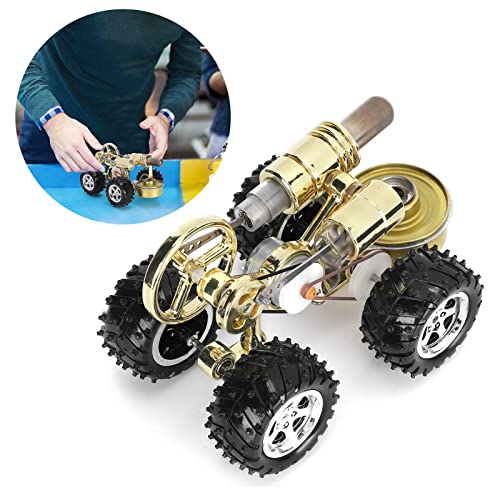O-rings can be very forgiving and remember that gland dimensions are only suggestions, especially in dynamic operation. The 005, 105, etc numbering system give nominal dimensions. Metric are in actual dimensions. Always work with actual dimensions, no matter what the system. Try and size the gland such that the ring stretches on the groove and barely touches the cyl wall. If it presses too hard on the cyl wall, the sliding will wear it out. Depending on the size range you are working in, you could try using an o-rings that is one size small to take some pressure off the o.d. That way, the squish is on the static part at the bottom of the gland.
If you have trouble finding the right size, look at the metric sizes also.
I am also wondering if anyone has tried using PTFE or polyurethane o-rings, or back-up rings? I have had good luck with PTFE backup rings on both sides of Vinton or poly o-rings with only a few percent of compression on the o-rings.
Lloyd
Gordon, once you find the right combo, it Will work.












































![MeshMagic 3D Free 3D Modeling Software [Download]](https://m.media-amazon.com/images/I/B1U+p8ewjGS._SL500_.png)








![DreamPlan Home Design and Landscaping Software Free for Windows [PC Download]](https://m.media-amazon.com/images/I/51kvZH2dVLL._SL500_.jpg)








